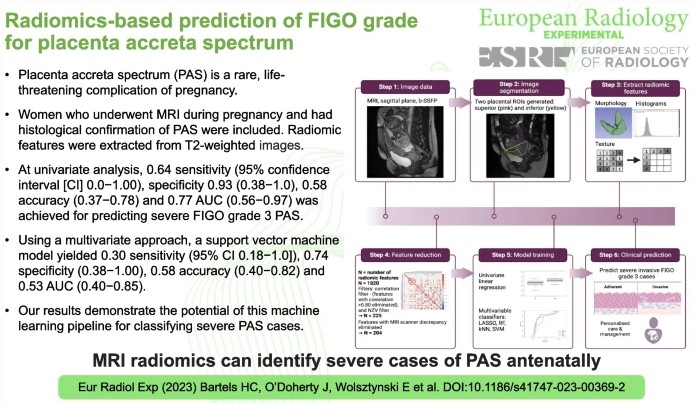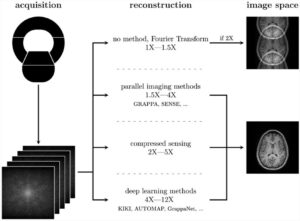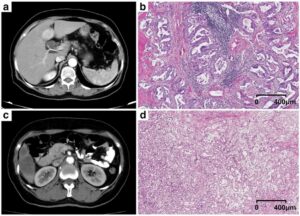Placenta Accreta Spectrum (PAS) is a serious, life-threatening pregnancy complication. Although rare, as more women are giving birth by Caesarean section, PAS is becoming more common. The most important factor in improving outcomes for mothers and babies is the detection of PAS during pregnancy to ensure the appropriate multi-disciplinary team care is implemented for the pregnancy and birth. However, up to half of cases are undiagnosed worldwide.
In this study, we use a radiomic approach to see whether radiomic features are associated with severe PAS subtypes. We extracted radiomic features from T2-weighted MR images from two regions of interest in the placenta. We found on both univariate and multivariate analysis that radiomic features were associated with FIGO grade 3 PAS (the most severe form of PAS) and were able to pick up these severe cases during the pregnancy. However, our sample size (n=41) was very small for a radiomic machine learning study, hence performance metrics were moderate. However, despite the small number of participants, we were able to show that radiomic features were predicative of severe PAS.
The main strengths of this study are the prospective collection of data, that data was obtained from two centres, and the descriptions of both intraoperative and histopathological criteria used to diagnose PAS. A major limitation of the current PAS literature is the lack of standardised definitions used for the diagnosis of PAS, so this is an important strength. The study is limited by the small sample size and, hence, moderate performance metrics.
Key points
- Identifying severe cases of placenta accreta spectrum from imaging is challenging.
- We present a methodological approach for radiomics-based prediction of placenta accreta.
- We report certain radiomic features are able to predict severe PAS subtypes.
- Identifying severe PAS subtypes ensures safe and individualised care planning for birth.
Article: Radiomics-based prediction of FIGO grade for placenta accreta spectrum
Authors: Helena C. Bartels, Jim O’Doherty, Eric Wolsztynski, David P. Brophy, Roisin MacDermott, David Atallah, Souha Saliba, Constance Young, Paul Downey, Jennifer Donnelly, Tony Geoghegan, Donal J. Brennan & Kathleen M. Curran













